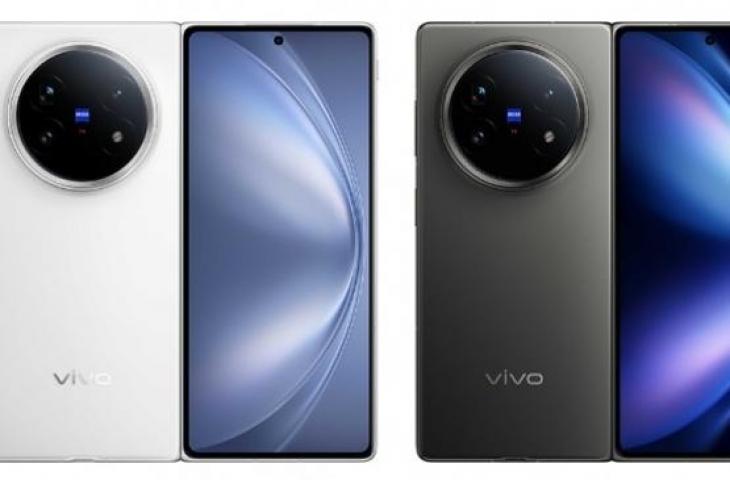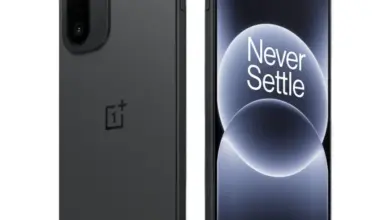
Vivo X Fold6’s New Strategy: Prioritizing Practical Performance over Spec Wars
The upcoming Vivo X Fold6 has begun to surface with intriguing details about its design and internal hardware. Unlike the trend of pushing for the absolute top-tier chipset, Vivo opts for Snapdragon 8 Gen 5’s standard variant, continuing a deliberate strategy rather than cost-cutting.
This approach aims to strike a harmonious balance between performance and practical features, focusing specifically on battery endurance and a slim, comfortable form factor. This direction counters the widespread industry push toward “spec wars” in foldable phones that prioritize raw power over usability.
Learning from the Success of Vivo X Fold5
Insights into the Fold6’s strategy are clearer when looking back at the Vivo X Fold5’s winning formula. The Fold5 used Snapdragon 8 Gen 3 instead of the more powerful ‘Elite’ version. This decision slightly compromised peak performance but delivered critical benefits in daily use.
The Fold5 packed a massive 6,000 mAh battery—one of the largest in its foldable class. Alongside this, it maintained a remarkably lightweight and thin design at just 217 grams and 4.3 mm thickness. This made the device one of the most comfortable foldables on the market.
Vivo consciously traded off peak benchmark supremacy to ensure users enjoyed extended battery life and ease of handling—a priority for foldable phones with large, power-hungry displays. This practical balance has been positively received by the market and reviewers alike.
Maintaining the DNA of Balanced Performance in X Fold6
Continuing this legacy, the X Fold6 is also expected to avoid the absolute highest-end Snapdragon variant. The Snapdragon 8 Gen 5 non-Elite chipset offers robust CPU speeds suitable for demanding multitasking. However, it features a more power-efficient GPU, which mitigates overheating and lowers power consumption.
These characteristics contribute directly to what Vivo values: a thinner phone with longer battery life and stable thermal management. This approach helps the Fold6 promise a better, more reliable everyday user experience rather than just chasing the fastest specs.
Not Just a Repeat: Notable Innovations in X Fold6
While following the “anti-spec war” strategy, Vivo is not neglecting innovation. Early leaks indicate major upgrades, particularly in the camera department, where the Fold6 may feature an impressive 200MP sensor. This leap from the 50MP sensor used in the previous model could significantly elevate its photography performance.
Additionally, rumored adjustments to the fingerprint sensor, likely integrated on the phone’s side, suggest Vivo is refining the foldable’s ergonomics and usability. These incremental design improvements align well with Vivo’s goal of making the Fold6 both slim and user-friendly.
A Clear Focus on User Experience Over Benchmark Dominance
Vivo’s strategy highlights a deep understanding of their target users’ needs. Rather than getting caught up in a futile race for the highest specs, the brand emphasizes creating a foldable device that balances power, battery life, and comfort. This philosophy reflects a mature approach rarely seen in a market often driven by flashy numbers.
Industry watchers expect the Vivo X Fold6 to make its official debut in the second quarter of next year. Its reception will serve as a crucial test of whether this “anti-war of specs” approach can sustain Vivo’s position in the competitive foldable smartphone market.
- Chipset: Snapdragon 8 Gen 5 (standard, non-Elite) prioritizing efficiency.
- Battery: Likely around 6,000 mAh for extended usage.
- Design: Ultra-slim and lightweight for optimal handling.
- Camera: Potential 200MP main sensor promising major photography upgrades.
- Fingerprint Sensor: Side-mounted for better ergonomics and faster access.
In sum, the Vivo X Fold6 reveals a smart shift away from the “specs race” and instead focuses on delivering a balanced, practical foldable smartphone. This strategy, rooted in its predecessor’s success, reflects a deliberate trade-off to enhance real-world usability, promising a meaningful user experience in the growing foldable segment.





